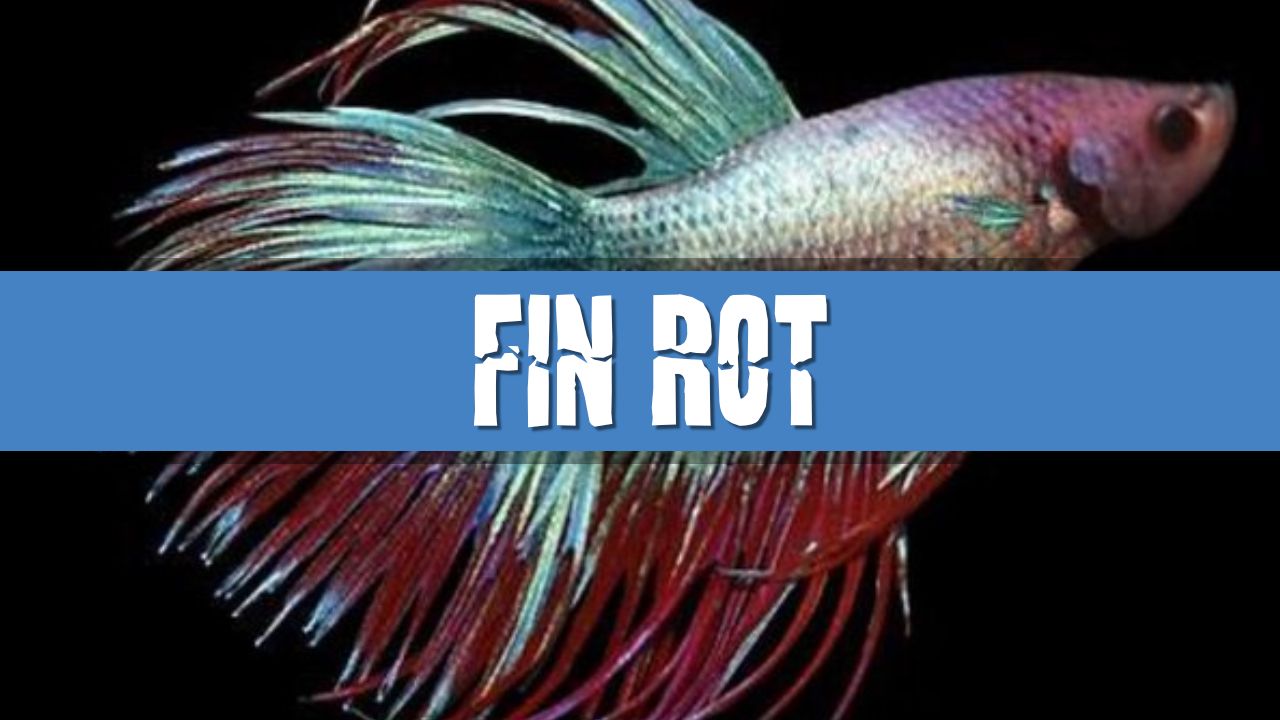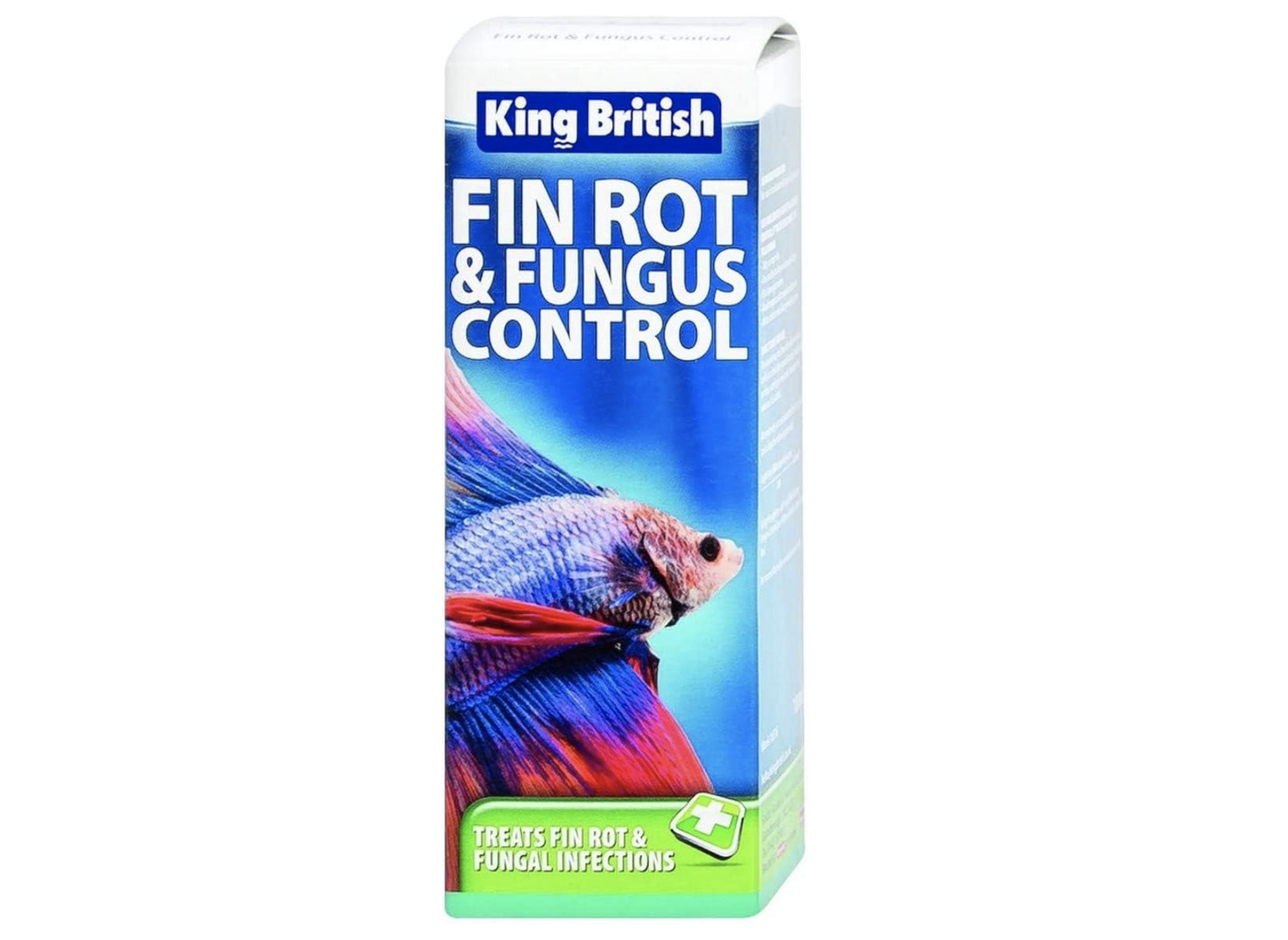Damaged Fins on your Fish, don't panic!
Possible causes of damaged fins in aquarium fish include fin rot, aggression, poor water quality, inadequate nutrition, and sharp tank decorations. Discover the solutions and prevention methods in the full article below.

It was a balmy Sunday morning when I decided to spend some quality time with my aquarium. Gazing at the mesmerizing aquatic dance, I noticed Charlie, my treasured betta, looking a bit off. His vibrant, flowing fins seemed frayed and discolored. An experience that many aquarium enthusiasts dread. So, what's the real culprit behind damaged fins?
Usually, it's a condition known as fin rot. Let's dive deeper to understand this ailment better.

King British Fin Rot and Fungus Control
A Fast Acting Treatment For Fish With Fin Rot And Fungal Infections
At a Glance
| Section | Key Points |
|---|---|
| Understanding Fin Rot | Causes, Symptoms, Affected Species |
| Common Treatments | Medications, Natural Remedies, Precautionary Measures |
| Different Fish, Different Needs | Betta, Goldfish, Koi, Tetra's Specific Needs |
| Preventative Measures | Water Quality, Diet, Tank Mates, Environmental Factors |
Understanding Fin Rot

- Causes
- Symptoms
- Affected Species
Causes
Poor water quality: One of the primary culprits of fin rot in fish. Without routine cleaning and filtration, harmful chemicals, waste, and bacteria accumulate in the water. These contaminants can damage fish fins and make them susceptible to infections.
Physical injury: A small tear or injury can be the doorway for bacteria to invade. Such injuries can result from aggressive tank mates, sharp tank decorations, or even rough handling during transfers.
Underlying diseases: Other diseases, like fungal infections or parasites, can weaken your fish, making them prone to fin rot disease.
Symptoms
Frayed or ragged fins: The initial stage of fin rot is typically characterized by slight fraying of the fins, which if untreated, progresses to significant tearing.
Fading colors on the fin: A healthy fin's vibrant colors may start to fade and look milky, often accompanied by white patches or edges.
Red streaks or white patches: Indicative of bacterial or fungal infections respectively, these are advanced symptoms.
Inflamed or bloody base of the fins: In severe cases, where fin rot disease progresses, the base of the fins becomes visibly inflamed or bloody, indicating deeper tissue damage.
Affected Species
While fin rot can impact any fish, specific species like bettas, goldfish, and koi seem more susceptible due to their longer and more delicate fins.
Common Treatments
- Medications
- Natural Remedies
- Precautionary Measures
Medications

King British Fin Rot and Fungus Control
A Fast Acting Treatment For Fish With Fin Rot And Fungal Infections
There's a wide array of medications tailored for fin rot treatment. Myxazin and waterlife myxazin are renowned for their efficacy. The interpet anti fungus and finrot medication is another reliable remedy. It's crucial to remember that different species might require specific treatments. For instance, betta fin rot may necessitate betta-specific fin rot medication.
Natural Remedies
Aquarium salt: This age-old remedy can work wonders when dealing with fin rot. A mild salt bath can help in disinfecting wounds and combating certain bacteria. But ensure that you're using aquarium-specific salt and not table salt.
Clean water: Often underestimated, maintaining pristine water quality can both prevent and reverse early stages of fin rot. Regular water changes and adequate filtration play a pivotal role in fish health.
Precautionary Measures
It's always wise to quarantine new fish before introducing them to the main tank. This can prevent potential carriers of fin rot disease from infecting other residents. Regularly checking water parameters, using test kits, can also ensure that the aquatic environment remains free from harmful substances.
Different Fish, Different Needs
Betta

Recognizing fin rot on a betta early is key. The long, delicate fins of bettas make them particularly susceptible. Treatments like betta fin rot medication are tailored to their specific needs, ensuring swift recovery.
Goldfish
The flowing fins of goldfish are often a magnet for fin rot disease. Employing a dedicated goldfish fin rot treatment and maintaining top-notch water quality is imperative for their well-being.
Koi
Whether it's koi fin rot or the more worrisome koi mouth rot, these majestic fish require meticulous care. Dedicated koi treatments ensure they remain healthy and vibrant.
Tetra
Neon tetras and their kin can occasionally suffer from fin rot. Recognizing the signs and providing tetra-specific care can ensure they continue to add color and life to your tank.
How to prevent Fin Rot in your Aquarium
Maintain Water Quality
Ensuring that the tank has good filtration and regular water changes is fundamental. The use of beneficial bacteria can also aid in keeping harmful bacteria at bay.
Provide a Balanced Diet
A well-balanced diet ensures your fish's immune system remains robust, making them less susceptible to diseases like fin rot.
Choose Compatible Tank Mates
Avoid mixing aggressive species with more peaceful ones. This reduces the chances of injuries that can lead to fin rot.
Mind Environmental Factors
Ensure that your aquarium has stable temperatures, adequate lighting, and is free from pollutants. These factors can significantly impact your fish's health.
Let's Sum things up!
Identifying fin rot early and providing the right treatment is crucial. Each species has its nuances, and understanding them can make a world of difference. Prevention, through top-tier water quality and diligent care, remains the best remedy.
After all, a healthy fish is a happy fish!
Enjoy the tranquility your aquarium offers and keep those fins fluttering gracefully.

